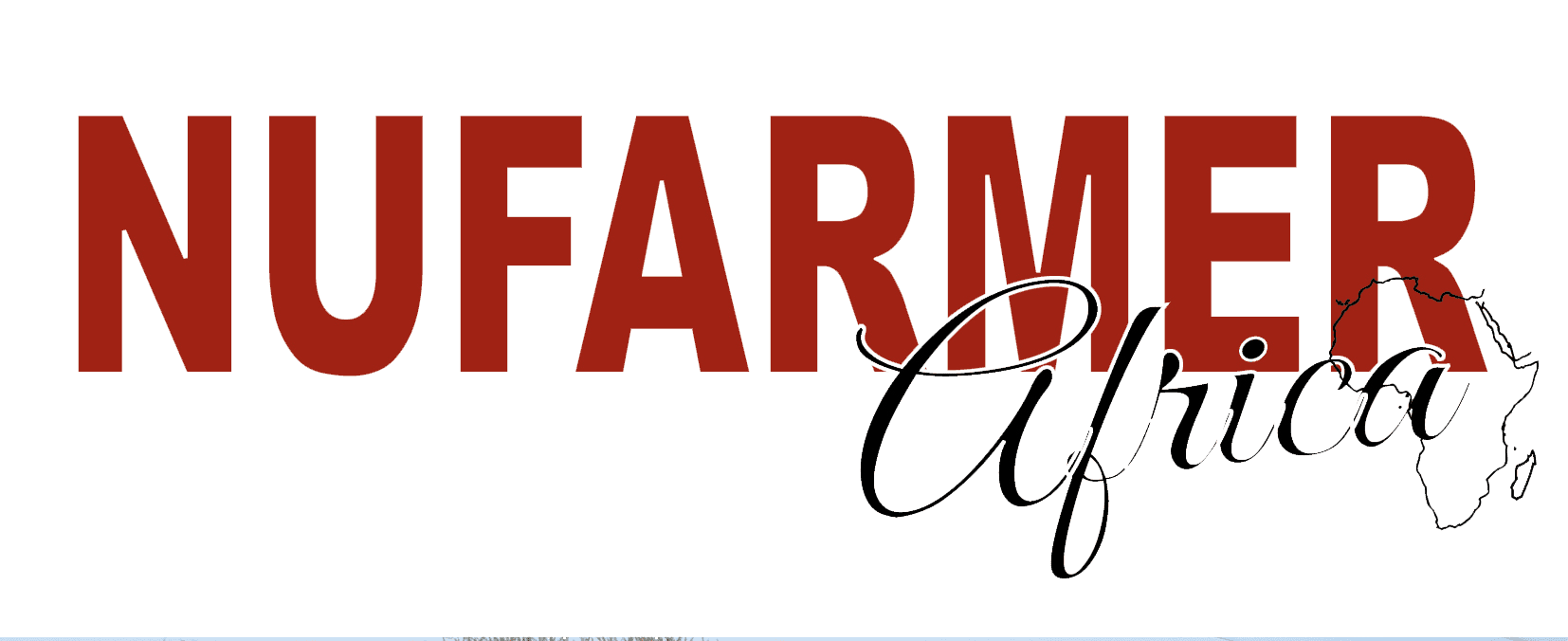South Africa Faces Third Wave of Avian Flu
CHICKEN & EGG SHORTAGE DUE TO AVIAN FLU – The South African Poultry Association (SAPA)’s Abongile Balarane said South Africa had been hit by the third cycle of avian flu and a new strain of the virus called H7N6 had been discovered.
Understanding Avian Flu: Strains and Impacts on Poultry
Highly pathogenic avian influenza (HPAI) viruses arise from the mutation of some H5 and H7 LPAI viruses. Stamping-out programs have been successfully used to quickly eliminate HPAI viruses; however, some resource-limited areas may use vaccines and management strategies with the aim of control rather than elimination.

Incubation and Mortality: The Virulence of Avian Flu
The incubation period of AI viruses is highly variable, ranging from a few days in individual birds to 2 weeks in a flock. The World Organisation for Animal Health recognizes 14 days as the incubation period for control programs.
The morbidity and mortality rates of LPAI viral infections are usually low, unless the infection is accompanied by secondary bacterial or viral infections or aggravated by environmental stressors. Even in the absence of secondary pathogens, HPAI viruses cause severe, systemic disease with high mortality rates in chickens, turkeys, and other gallinaceous poultry; mortality rates can be as high as 100% in a few days.
Transmission Dynamics of Avian Influenza in Chicken
AI viruses are transmitted between individual birds by ingestion or inhalation. Spread between farms results from breaches in biosecurity practices, principally by the movement of infected poultry or contaminated faeces and respiratory secretions on fomites such as equipment or clothing. Airborne dissemination between farms may be important over limited distances.
In limited cases, the Eurasian H5-strain HPAI virus has been transmitted by wild birds, and this limited transmission has been associated since 2005 with five transcontinental movements, with more frequent transmission from wild birds to poultry since 2020. Dispersion by wild birds has not been typical of other HPAI viruses. Other HPAI strains and all LPAI strains have minimal potential to infect dogs and cats.
Challenges in Controlling Avian Flu: Perspectives from SAPA
SAPA general manager Abongile Balarane said South Africa had been hit by the third cycle of avian flu and a new strain of the virus called H7N6 had been discovered. “This strain we’ve seen is very catastrophic in the areas of Gauteng and Mpumalanga. To date, we’ve lost a significant number of chickens from both strains. We have lost more than 15 to 20 percent of the national production in South Africa.”

Impact on Poultry Industry: Losses and Supply Shortages
Balarane said this meant there would be a tight supply of chicken and a strain in the supply of eggs but it won’t last long. “We will be able to restock the farms as soon the avian flu starts to diminish. Usually, it gets to diminish around October closer to the warmer days.”
He said interprovincial trade would also help to curb the shortage of chicken and eggs in the coming months. Meanwhile, the Department of Agriculture said there was no reason for anyone to panic about a chicken and egg shortage in the country.
Spokesperson, Reggie Ngcobo, said at that time the department was only aware of an avian flu outbreak in Gauteng. “Currently, it’s contained there, that is why it has not spread in all other provinces. It is contained in Gauteng.
He added that as long as the avian flu was contained, there would be no shortage of chicken and eggs. “We don’t see any huge impact in the shortage of eggs in the whole country.” – SAPA

